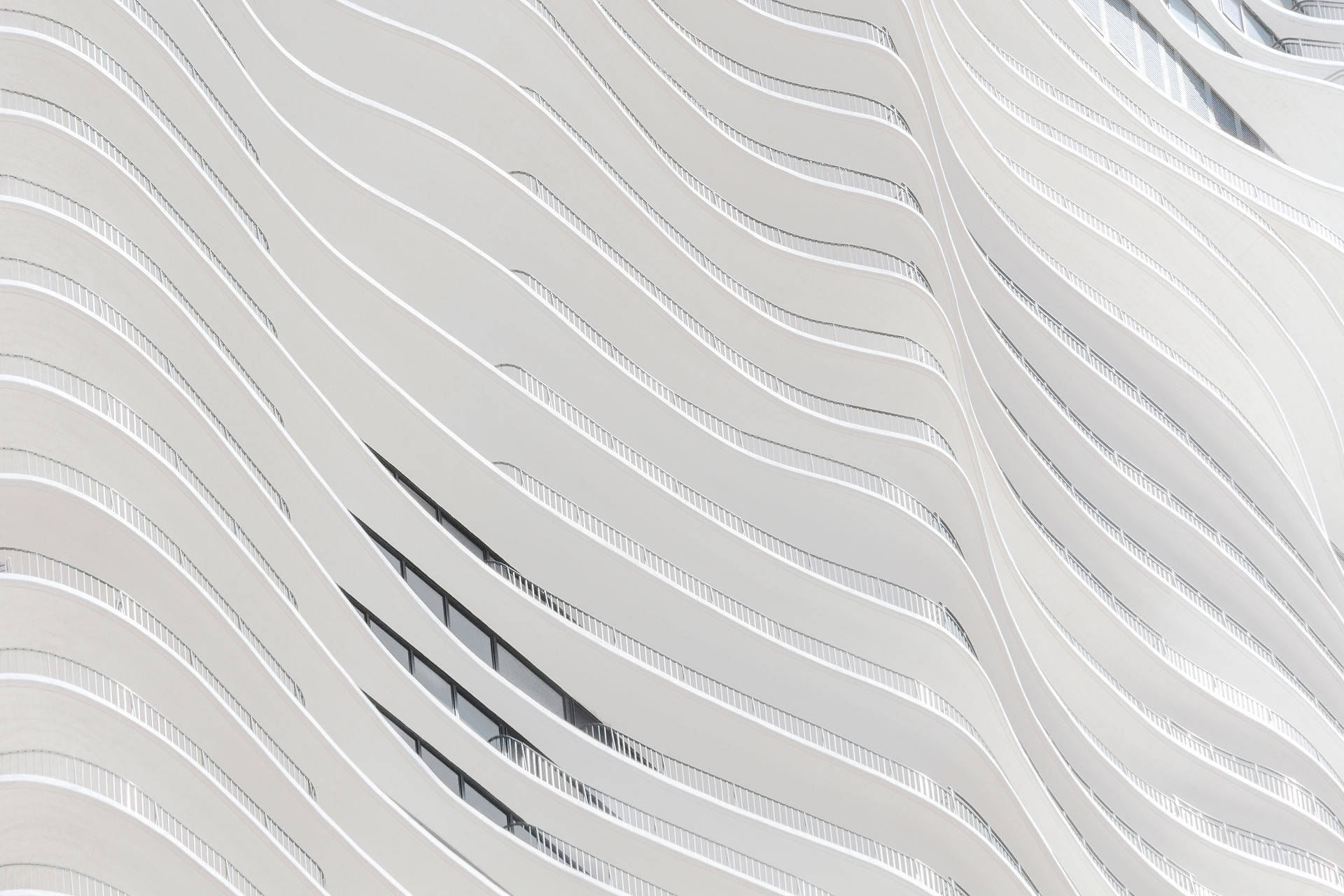From Lebanon, With Love
- We See You Magazine

- Aug 18, 2020
- 3 min read
Updated: Jul 17, 2021
By: Maya Lawand
Lebanon, also recognized as the Paris of the Middle East, has commonly been mistaken as a country that is still at war and devastated by conflicts throughout its past, when in fact, its glamour amazes all.
Lebanon stands out by how small of a region it is yet its history is quite eventful and rich. It is home to one of the oldest historical ruins and prominent cities in the world; Byblos, Sidon, and Tyre which were built by Phoenicians, Roman, and Byzantine Empires respectively.
“Byblos is known as one of the oldest continuously inhabited towns in the world” (Encyclopædia Britannica) and is the city where the Phoenician alphabet was developed in.
Architects from all three empires added to the already existing structures in Byblos and left their own salient mark. The Phoenicians built walls and ships using the cedar tree which ran adjacent to the sea. The Romans built the castle alongside the walls and the Ottomans settled and built traditional houses. All their mind-bending work is still noticeable today.

Byblos Citadel
Cedrus libani, also known as the Cedar of Lebanon, defines Lebanon and is considered a national emblem. It is prominently shown on the flag of Lebanon and symbolizes power, resilience and immortality.

Cedar Trees (freepik)
In the Arab region, the Lebanese are commonly known for being multilingual and fluently speaking three main languages; Arabic, English, and French. Despite having multiple dialects, all three could be found in one greeting, ‘Hi, kifak, Ça va?’ which translates to ‘Hi, how are you? Good?’
The diverse culture stands out, peacefully coexisting with 18 different religious groups where values and beliefs are respected. The principle of confessionalism is a peculiar feature that the Lebanese system has acquired. It states that each religious community has allocated seats in the Parliament.

Beirut, Downtown. Mosque and church next to each other
(Pinterest)
You would be astonished by the local’s generosity; spending a couple of days in Mount Lebanon could open doors for long-lasting friendships and could score you lunch with a family in the village. People gather from all around the world to enjoy the traditional Lebanese dishes; Tabbouleh, Hummus, Grape Leaves and Kibbeh Nayeh. Just be aware of overfeeding as the Lebanese tend to enjoy cooking for others.
An interesting fact is that Lebanon has its own Shakespeare, Gibran Khalil, who is a renowned poet, artist, novelist, and philosopher like no other, and one of the three most-read authors of the century. One of his quotes is, “The appearance of things changes according to the emotions; and thus we see magic and beauty in them, while the magic and beauty are really in ourselves.”
A peaceful protest took hold of Lebanon during the past year and one striking feature to highlight is that the city of Tripoli was labeled as “the bride of the revolution” “عروس الثورة” when a DJ livened up the protest through his music uniting the people as one during difficult times.
Lebanon is praised for its nightlife, which includes festivals, concerts, bars, and clubs hence given the name of the city that never sleeps.
Away from the city, let’s talk about landscape. Divine islands, exquisite waterfalls, heavenly beaches, greenery and rolling hills with snow-capped mountains is what defines Lebanon. Traditional villages are stunning; imagine sitting on your balcony, the aroma of freshly grounded coffee tingling your sensations with a fascinating scenic view and a breezy weather, making you feel whole.

View from the balcony
Fun fact: Did you know that in spring it is possible to go on a skiing trip in the morning and by the afternoon go for a swim at sea? It is one of the few pillars that the Lebanese take pride in and the first fact they mention when asked about their home country.
Lebanon has always been an underrated gem that deserves its own recognition. Perspectives might differ, nonetheless, its beauty remains unhindered.

View of the snow-capped mountains in the distance.

Scenic view from on top of the mountains.
References:
“Byblos.” Encyclopædia Britannica. Encyclopædia Britannica, inc., October 20, 2019. https://www.britannica.com/topic/temple-building.





Comments